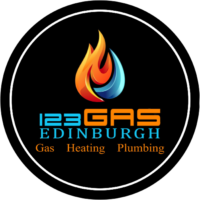Your current system will be removed. This will take time depending on your current system. Some older systems necessitate a more involved removal procedure than newer systems.
The installer should then flush/clean your system; the type of flush required will depend on the condition of your system. A power or chemical flush will be performed. This will keep any system debris from damaging your new system.
Any required pipeline changes or upgrades should then be completed. This is the most time consuming job because it is the most complicated. If you relocate your system during installation, you may encounter additional complications.
After that, your new boiler will be installed. You can discuss changing the location of your boiler with your engineer, but you must follow their recommendations. Some systems perform better in specific locations. It is critical to consider convenience; for example, you do not want your system’s operating noise to become an issue.
Your engineer should recommend a filter that is best suited to your system. This will then be put in place. A filter is intended to protect your system from sludge and debris that could cause damage. If you purchased any additional accessories with your boiler, they will be installed now as well.
Your new boiler will then be installed. You can talk to your engineer about moving your boiler, but you must follow their recommendations. Some systems perform better in certain environments. It is critical to consider convenience; for example, you do not want the operating noise of your system to become an issue.
Your engineer should recommend the best filter for your system. This will then be implemented. A filter is designed to keep sludge and debris from causing damage to your system. If you purchased any additional boiler accessories, they will be installed now as well.


